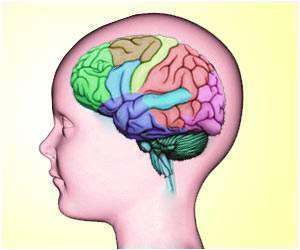
To understand exactly how neurons function during epileptic seizures, Maxim Bazhenov, an associate professor of cell biology and neuroscience, and Giri P.
Krishnan, a postdoctoral researcher in his lab, developed and used realistic computer simulations in their analyses and found that while there is a progressive and slow increase in intracellular sodium during seizure, it is this accumulation of intracellular sodium that leads to the termination of the seizure.
"According to our model, sodium concentration reaches a maximum just before the seizure terminates," said Bazhenov.
"After seizure initiation, this intracellular sodium buildup is required to terminate the seizure," he added.
The researchers' computational model simulates the cortical network. (The cortex is the outer layer of the cerebrum of the mammalian brain. A sheet of neural tissue, it is often referred to as gray matter.) The model simulates neurons, connections between neurons, variable extracellular and intracellular concentrations for sodium and potassium ions and variable intracellular concentrations for chloride and calcium ions.
Advertisement
"These drugs essentially slow down the intracellular build-up of sodium, but this only prolongs seizure duration," he said.
Advertisement
According to Bazhenov, targeting the sodium channels is not the best approach for drugs to take.
"The drugs ought to be targeting other ion channels, such as those responsible for the build-up of intracellular chloride," he advises.
"According to our model, restricting the chloride increase would lead to a faster termination of seizure and can even make seizures impossible," he added.
Bazhenov and Krishnan's model also showed that the occurrence of seizures depends critically on the activity of ionic "pumps" - structures that are also embedded to the surface of neurons. These pumps help remove the sodium and chloride ions from inside the neurons and critically influence their concentrations in the brain.
The study has been published in the issue of The Journal of Neuroscience.
Source-ANI











